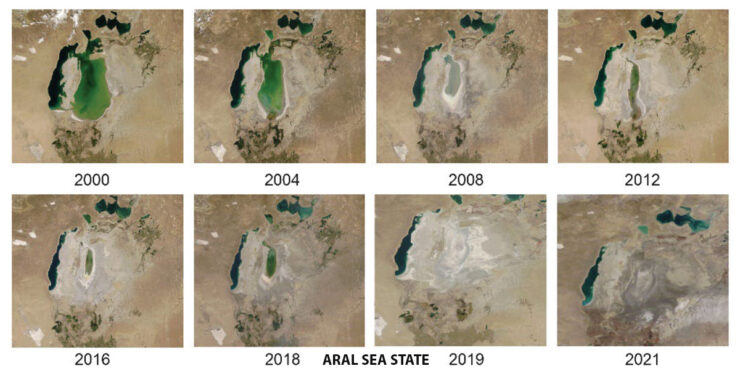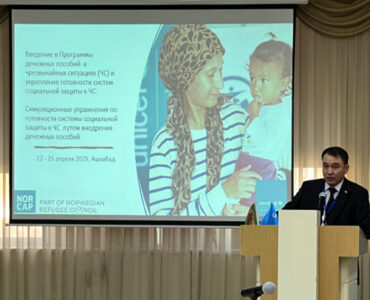The ESCAP report, Targeting Transformative Disaster Risk Resilience in North and Central Asia, highlights urgent climate-related threats in Turkmenistan and surrounding regions. The Economic and Social Commission for Asia and the Pacific (ESCAP) is one of the five regional commissions of the United Nations. Since 1970, North and Central Asia have suffered over 60,000 deaths, affected nearly 20 million people, and incurred $23 billion in damage from natural disasters.
In Turkmenistan, climate change is expected to escalate the frequency of floods, droughts, and heatwaves, elevating risks from “medium-high” to “high” under both 1.5°C and 2°C warming scenarios. This trend was evident in May 2024 when heavy rains caused severe flooding in Ashgabat, revealing infrastructure vulnerabilities.
Key sectors in Turkmenistan are increasingly at risk. At 1.5°C warming, nearly half of Central Asia’s population will face multiple hazards, rising to 53% at 2°C. Agriculture in Turkmenistan, heavily reliant on water-intensive crops, could see over 90% of production facing “high or extremely high” drought risks by 2°C. Likewise, population and the energy infrastructure will be exposed to climate hazards intensifying risks for power plants as energy demand spikes with extreme weather.
Economic impacts are substantial. ESCAP projects that climate-driven losses could reach $310 million annually, equating to over 1% of Turkmenistan’s GDP. Infrastructure losses in sectors like construction, education, and transport will be particularly severe, with projected damages up to 90% in construction alone.
Donate to support Turkmen analysts, researchers and writers to produce factual, constructive and progressive content in their efforts to educate the public of Turkmenistan.
SUPPORT OUR WORKTo mitigate these risks, Turkmenistan should prioritize:
- Early Warning Systems (MHEWS): Expanding multi-hazard early warning systems could reduce disaster losses by 60% in agriculture and energy sectors while providing a tenfold return on the investment.
- Nature-Based Solutions (NBS): Approaches like sustainable land and wetland restoration especially in mountain areas can protect biodiversity and reduce risks.
- Systemic Adaptation: Integrating climate change adaptation across all sectors and using innovative technologies such as artificial intelligence, data science, and geospatial analysis will inform decision-making and strengthen resilience, particularly for vulnerable communities.
- Increased Disaster Financing: Increased spending on disaster risk reduction could help protect critical infrastructure. For instance, adaptation technology would cost Turkmenistan an estimated 0.24% of GDP. Expanding innovative financing mechanisms, such as green bonds, insurance schemes and climate funds, will help to close the investment gap.
Without immediate action, Turkmenistan faces growing threats from climate change, including potential economic instability and health crises, particularly in regions linked to the Aral Sea Basin.






